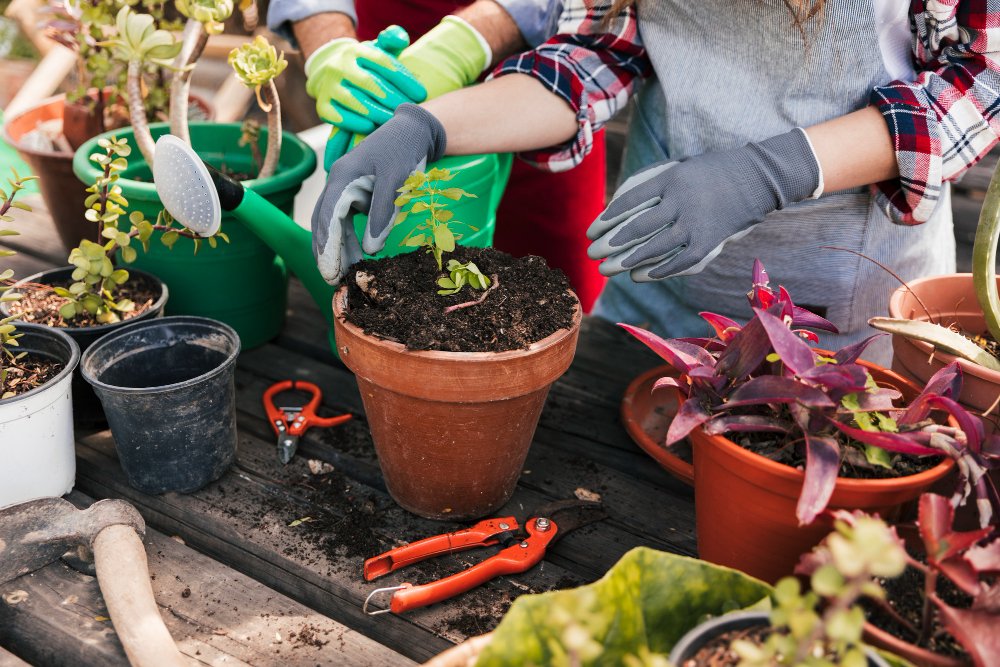Gardening can be a rewarding and fulfilling hobby, but it can also be overwhelming, especially for beginners. With so many plants, how do you know which ones are right for your garden? In this post, we’ll provide some tips on selecting the best plants for your garden, whether you’re looking to create a flower bed, a vegetable garden, or add some houseplants to your home.
Climate and Soil Type for Gardening
The first step in selecting the right plants for your home garden is considering your climate and soil type. Some plants thrive in relaxed, moist environments, while others prefer warm, dry weather. Some plants also require specific soil conditions, such as acidic or alkaline soil. Before shopping for plants, research the best plants in your area and soil type. This will save you time and money in the long run, as you won’t have to replace plants that are not well-suited to your climate or soil.
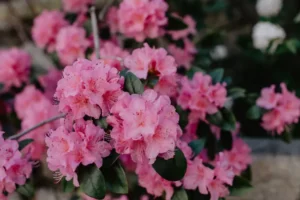
Determine Light Conditions for Gardening
Another essential factor to consider when selecting plants for gardening is the sunlight your garden receives. Some plants require full sunlight, while others prefer shade or partial shade. If your garden is in a shaded area, you’ll need to select plants that can thrive in low-light conditions. On the other hand, if your garden is sunny, you’ll need to choose plants that can tolerate direct sunlight.
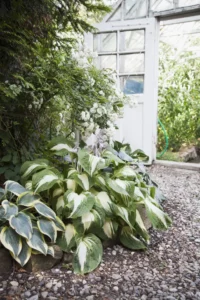
Choose Plants That Complement Your Garden’s Aesthetic
While choosing plants for gardening that are well-suited to your climate, soil, and light conditions is essential, it’s also necessary to choose plants that complement your garden’s aesthetic. For example, select vibrant and colorful plants if you have a traditional garden with lots of flowers and greenery. On the other hand, if you have a modern garden with clean lines and minimalistic design, select plants with a sleek and simple appearance.
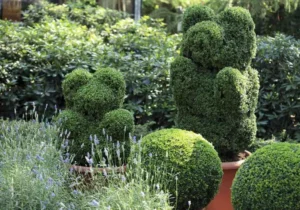
Consider the Maintenance Requirements
Another essential factor to consider when selecting plants is the maintenance requirements. Some plants require attention and care, while others are low-maintenance and require minimal upkeep. Starting with low-maintenance plants, such as succulents, herbs, or certain types of flowers, is a good idea if you’re a beginner gardener. Then, as you become more experienced, you can experiment with plants requiring more care and attention.
Don’t Forget About Houseplants
Houseplants are a great option if you want to add some greenery to your home garden. They add beauty and aesthetic appeal to your home and have several health benefits, such as purifying the air and reducing stress. When selecting houseplants, consider the amount of sunlight your home receives and the temperature and humidity levels. Some houseplants, such as ferns and peace lilies, thrive in low-light conditions, while others, such as succulents and cacti, require direct sunlight.
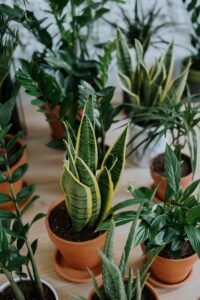
Conclusion
In conclusion, selecting the right plants for your garden can be a fun and rewarding process, but it’s essential to take the time to research and consider the factors that will ensure the success of your plants. By assessing your climate and soil type, determining your garden’s light conditions, choosing plants that complement your garden’s aesthetic, considering the maintenance requirements, and not forgetting about houseplants, you can create a beautiful and thriving garden that will bring you joy for years to come. So what are you waiting for? Start your Gardening journey right away.
Visit Your Home Garden for more information.
FAQs
How do I know which plants best suit my climate and soil type for gardening?
It’s essential to research the plants that grow best in your area and soil type before selecting plants for your garden. You can consult with a local nursery or garden center or search online for resources that provide information on the best plants for your region.
Can I grow plants that require full sun in a shaded area?
Plants that require full sun typically need at least 6 hours of direct sunlight daily to thrive. If your home garden is shaded, you can grow plants requiring partial shade or filtered light. However, growing plants that require full sun may be challenging if your garden is in a very dark area with no direct sunlight.
How often should I water my plants?
The watering frequency will depend on the type of plant and its specific requirements. Some plants require frequent watering, while others can tolerate dry conditions. It’s essential to research the watering requirements for each plant and monitor the soil moisture to ensure that your plants are getting the right amount of water.
How do I know if a plant is low-maintenance or requires a lot of care?
Researching the maintenance requirements for each plant before you purchase is critical to ensuring that you select plants well-suited to your experience and time commitment. Low-maintenance plants typically require minimal watering, pruning, and fertilization, while plants that require more care may need regular attention and monitoring to thrive.
